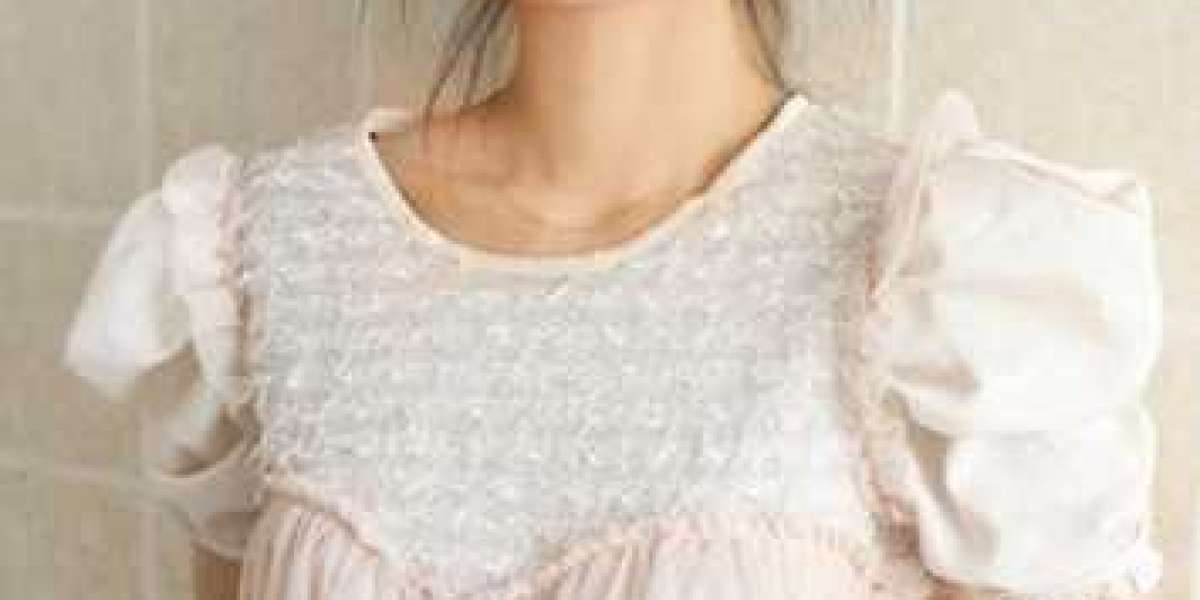With more contagious coronavirus variants spreading across the U.S. and the supply of COVID-19 vaccines outpacing supply, further guidance has been released about mask-wearing. Maximizing the fit of cloth and medical masks is key to improving performance as well as reducing transmission and exposure of SARS-CoV-2. But wearing two masks—or double masking—can also help protect against the threat of more contagious variants. There’s also new evidence-based advice on outdoor mask-wearing.To get more news about mask supplier, you can visit tnkme.com official website.
“Mask fit is really important because it's about creating an enclosure around any orifice that you could exude the virus particles from through a droplet,” said AMA member Megan Srinivas, MD, MPH, an infectious diseases specialist and translational health policy research fellow at the University of North Carolina at Chapel Hill. “That means covering your nose and mouth completely, but then doing it in a way that it is fitted against your skin.”
Adding more layers of material to a mask or wearing two masks reduces the number of respiratory droplets containing the virus that come through the mask. If one person is using a cloth mask over a surgical mask while the other person is not, it has been shown to block 85.4% of cough particles, says the JAMA Health Forum article, “CDC Studies Underscore Continued Importance of Masks to Prevent Coronavirus Spread.” When both people are double masking, potentially infectious aerosols decrease by 95%.
“By protecting the exterior of the [medical procedure mask] from droplets, you can throw away the outer mask or wash it if it's a cloth mask,” said Dr. Srinivas. “It’s basically the same concept that’s behind when the CDC came out with recommendations saying single-layer masks aren’t as useful as the double layer or masks with filters.”
That is “because it creates more layers of protection for droplets to have to go through to actually be extruded,” said Dr. Srinivas, noting that “when we’re wearing two masks, it creates that extra barrier.”A cloth mask blocks about 50% of the particles from a simulated cough. But a knotted and tucked mask blocks 77% of those particles, according to the CDC.
To knot and tuck as mask, “pull back and then twist the ear loop behind your ear and knot it, so it makes it a tighter fit,” said Dr. Srinivas. “A lot of the surgical masks people buy are one size fits all, so this way we can make it fit to your face a little bit better.”
The tighter fit helps so that “things can’t seep out in between the crevices and helps to reduce spread to other people,” she said. “It has also helped to reduce your ability to contract from the environment around you, so things can’t sneak in through the crevices around your face.”Another option is to use a mask fitter or brace over a disposable or cloth mask, “which helps to push your mask against your face for a tighter fit,” said Dr. Srinivas. “The fitter helps to prevent air from leaking around the edges of the mask.”
These mask fitters and braces can be found on Amazon and other retail outlets. They can be solid or elastic and are worn over the mask, secured with head ties or ear loops. When secured over a medical mask, fitters can increase the wearer’s protection by about 90%, according to the CDC.













